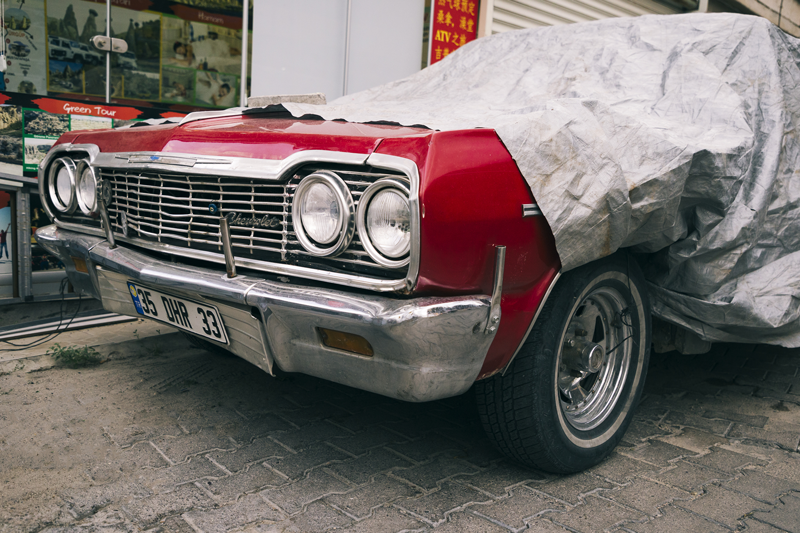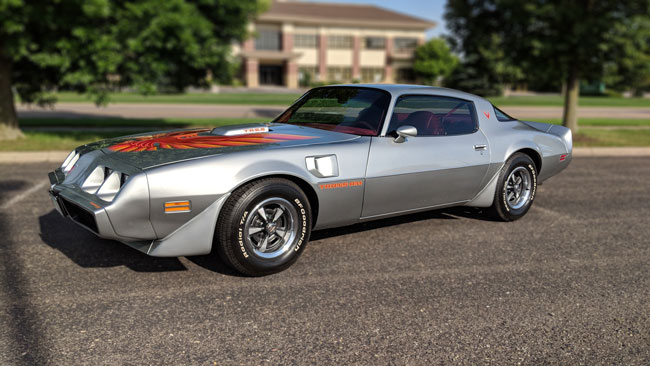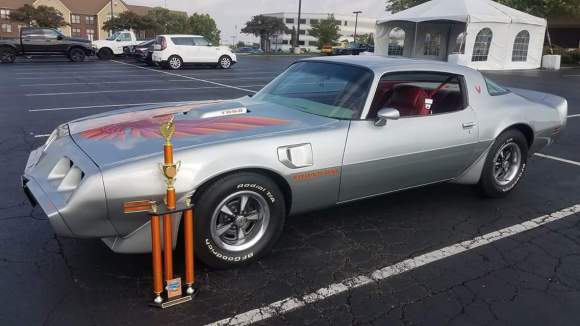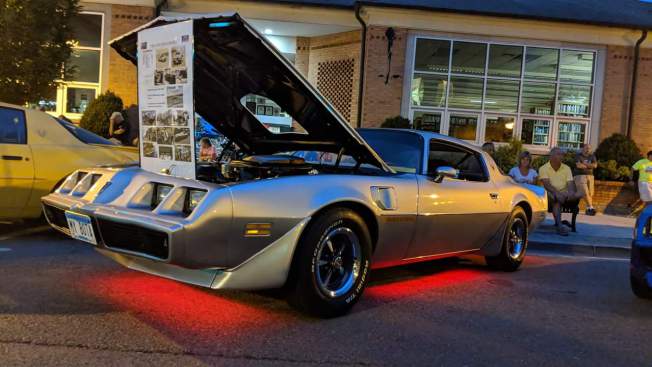You’ve taken your classic out enjoying the spring, summer, and fall. But it’s getting close to the holidays, which means winter is more or less here. Those of you in colder temperatures will likely play it safe and store your car. Regardless of whether you choose to use a garage or not, these six things can seriously screw up your classic during the winter:
Bad storage/bugs/rodents
If you’re in a location that’s got snow, ice, and salt all over the roads, lock it up. Sure, you’d want to drain the fuel and check the antifreeze. But that doesn’t mean you’re good to go when it comes to avoiding issues with storage. If they can take out half the population of Europe, trust us. They can seriously harm your car. Rats or mice can chew through wires easily. A lot of the damage isn’t noticeable until you’re on the side of the road, stranded. They can feast on upholstery and installations as well as make nests infesting them with anything from feces to their offspring.
Salts on the road
Not many of us remember chemistry class. Here’s a refresher: sodium chloride + steel = iron oxide. In other words, salt and metal create rust, which can leave a devastating impact on a classic. Driving down a wet, salted road with an unprotected surface like the exhaust, the frame, and suspension parts is an easy way to get rust. And if you’ve got fiberglass, that only does so much. The steel underneath the plastic panels will begin to corrode eventually. Understand water doesn’t equal rust. Some of the best-kept classics have come from areas with heavy rain but little snow.
Worn tires
The appearance of good tires can be deceptive. Plus, almost any environment can cause wear and tear. Flat spots, tread wear, UV exposure, dry rot, and age are all common factors. Most classics don’t see any more than 15,000 miles a year. A good rule of thumb is to replace them, at max, every seven years. Even if the tire appears fine, don’t risk it. Blowing a tire can threaten your life, others' lives, and severely damage your car.

Lack of cleaning
Corrosion can set in if you don’t properly clean it. Wash it, polish it, wax it. It may seem unnecessary to some. Why clean a car when you’re about to hide it away in storage? Bird poop, dead bugs, and other dirt are acidic, which eats away the surface. Dirt hidden inside crevices can lead to more long-term damage. Also, check inside the car for any leftover crumbs, wrappers, or trash. You don’t want to give rodents or bugs a home for the winter.
Nonuse
Keeping classic cars hidden away like museum artifacts doesn’t help. It’s not an artifact, it’s a car, and cars need to be driven. There’s the common myth that car enthusiasts stow away their classics, which is why their car is intact. Those who do this turn out to have some of the most problems when they’re finally driven. The tires get flat spots, batteries corrode, seals dry out, then they leak, and gas begins to varnish. Remember this saying, “Nonuse is abuse.” The most reliable car is the one that is maintained, and this involves using it.
Bad driving
We don’t necessarily mean reckless driving. You can inspect a classic all you want after it’s been sitting. If you don’t start it and let it warm up from the cold, you can do some major damage to the engine. Start the car, let it warm up a bit, drive gently until it reaches normal operating temperature, then drive normally. Don’t forget to engage the A/C compressor to ensure the front seal remains properly lubricated. You wouldn’t want to bring your car out for the first drive of the spring, just to find out you have leaked out all of the refrigerant during the long winter months.
With these tips in mind for the winter season, we hope your car restoration project is an enjoyable experience. If you need help finding or installing new items, be sure to contact Original Air for assistance.




